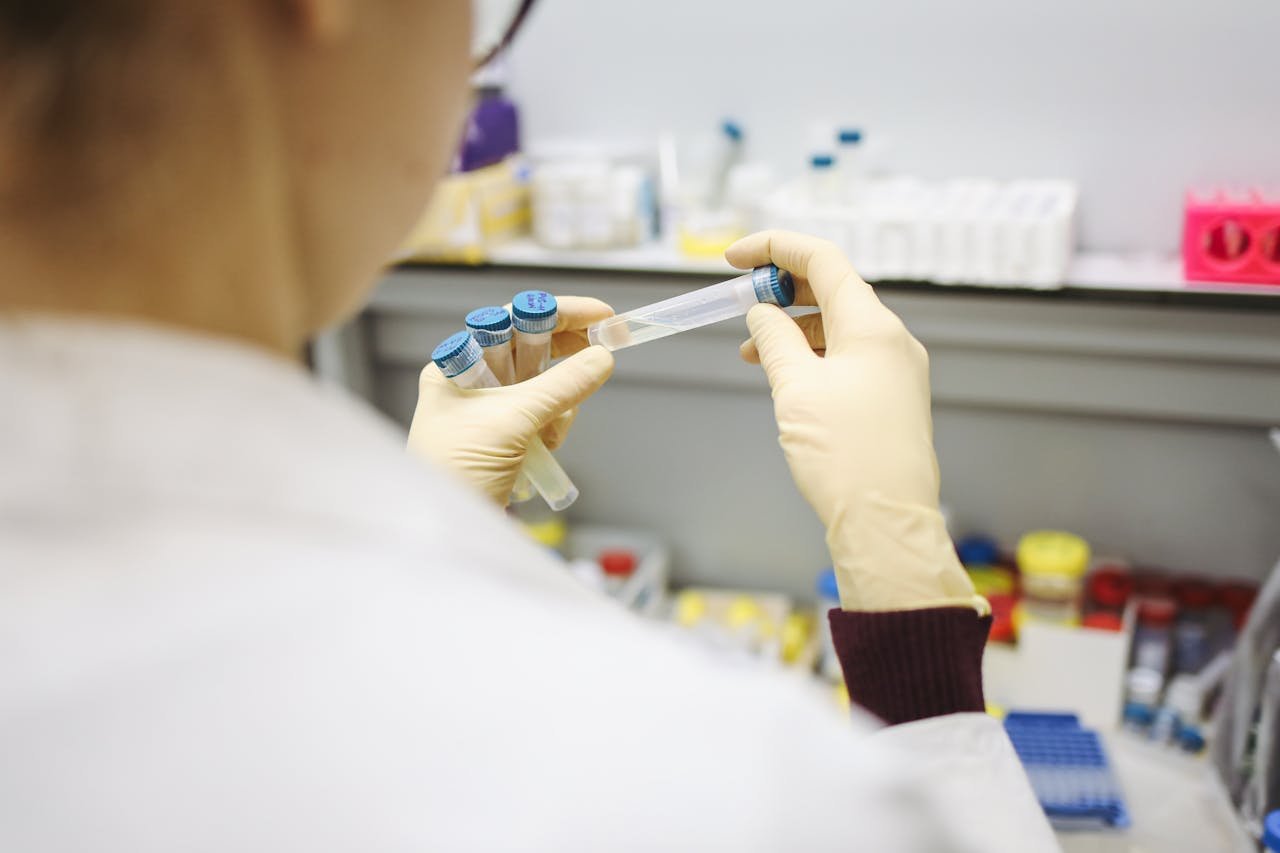3D printing is revolutionizing medicine by enabling the creation of custom prosthetics, implants, and even human tissues. This technology is transforming patient care, reducing costs, and offering new possibilities for treatment.
Customized Prosthetics and Implants
3D printing allows for the production of tailor-made prosthetic limbs, dental implants, and orthopedic devices that perfectly fit a patient’s anatomy. This improves comfort, functionality, and overall patient experience.
Printing Human Tissue and Organs
Scientists are developing bio-printed tissues that could one day be used for organ transplants. By printing layers of living cells, researchers hope to create functional organs like kidneys and livers, addressing the global shortage of transplantable organs.
Medical Models for Surgery Preparation
Surgeons use 3D-printed models of organs and bones to plan complex procedures more accurately. These models allow doctors to practice surgeries before operating on real patients, improving success rates and reducing risks.
Affordable Medical Devices
3D printing makes it possible to create low-cost medical devices, such as splints, casts, and surgical tools, which can be especially beneficial in developing countries with limited healthcare resources.
The Future of 3D Printing in Healthcare
As technology advances, 3D printing could become a standard tool in hospitals, enabling on-demand production of medical supplies and personalized treatments.
With its potential to customize care, reduce costs, and revolutionize surgical procedures, 3D printing is shaping the future of modern medicine in remarkable ways.

